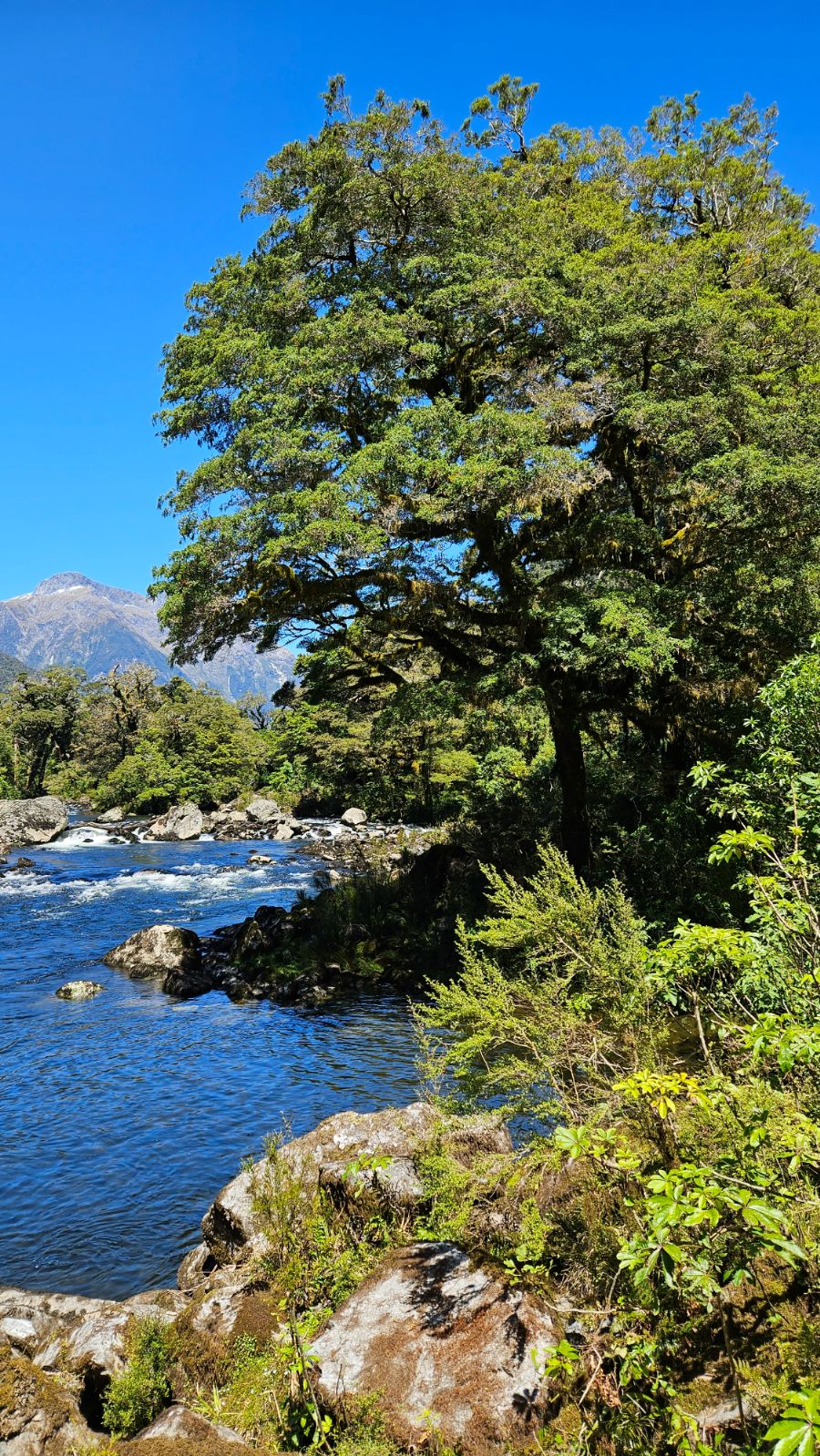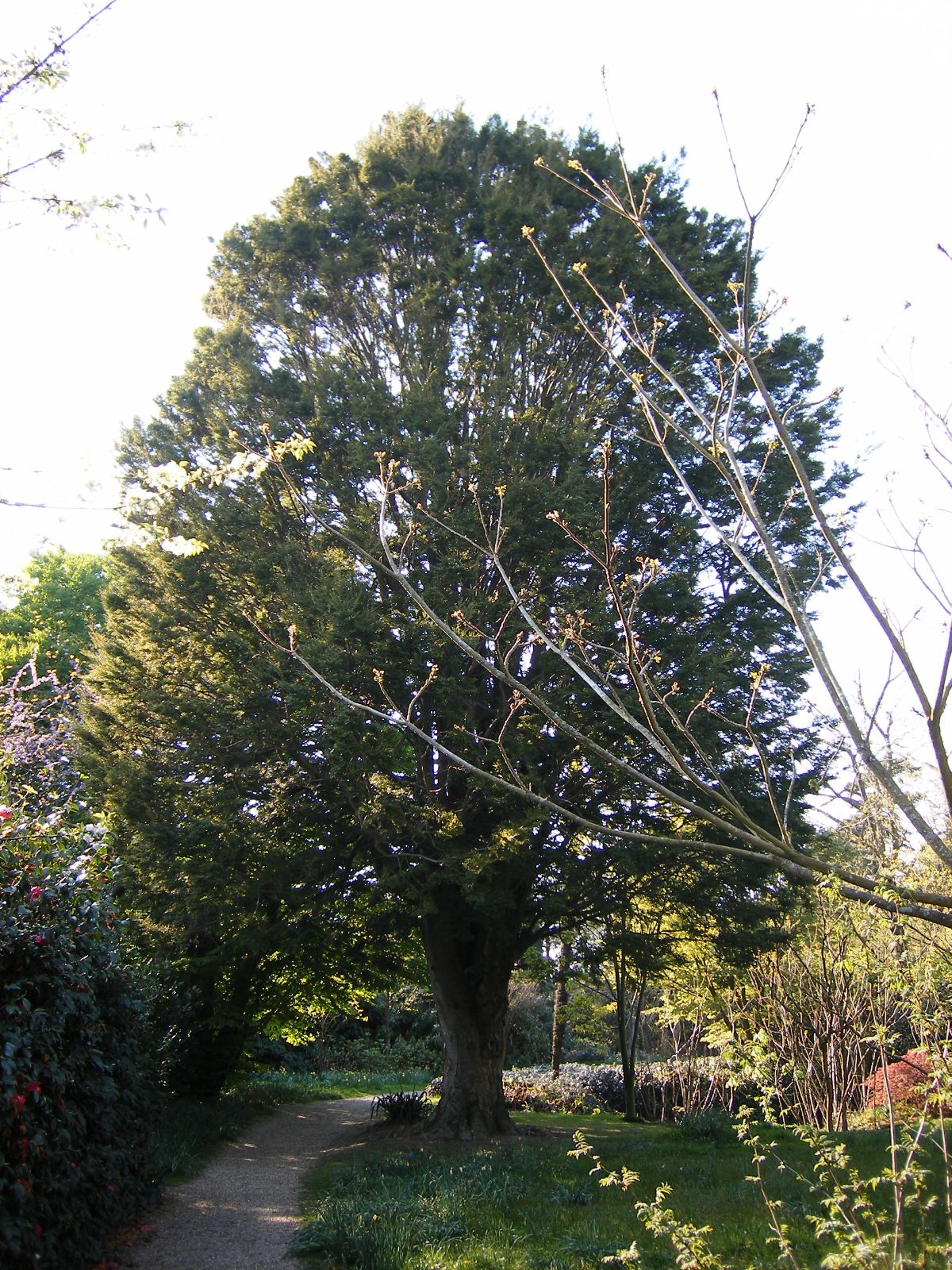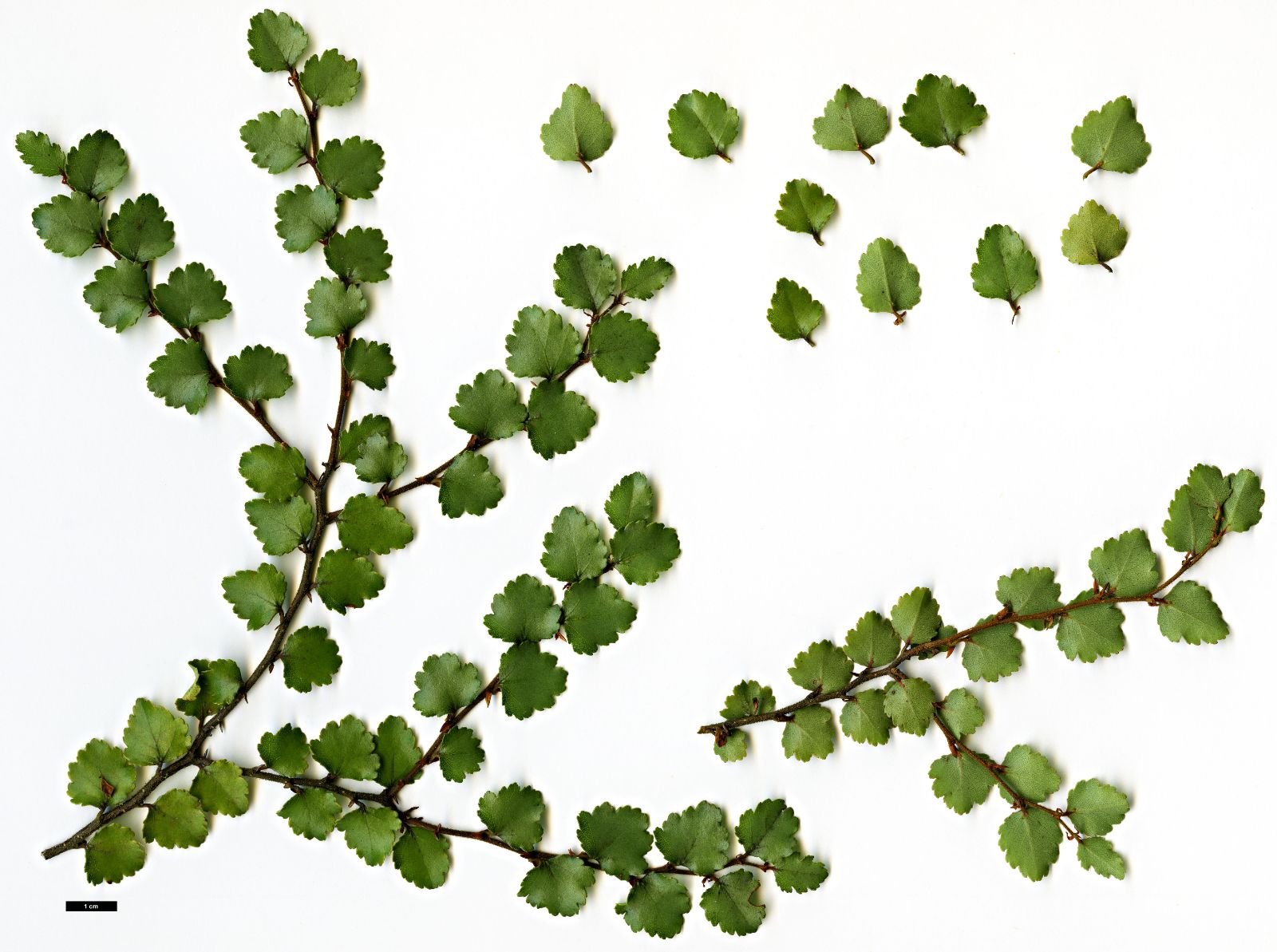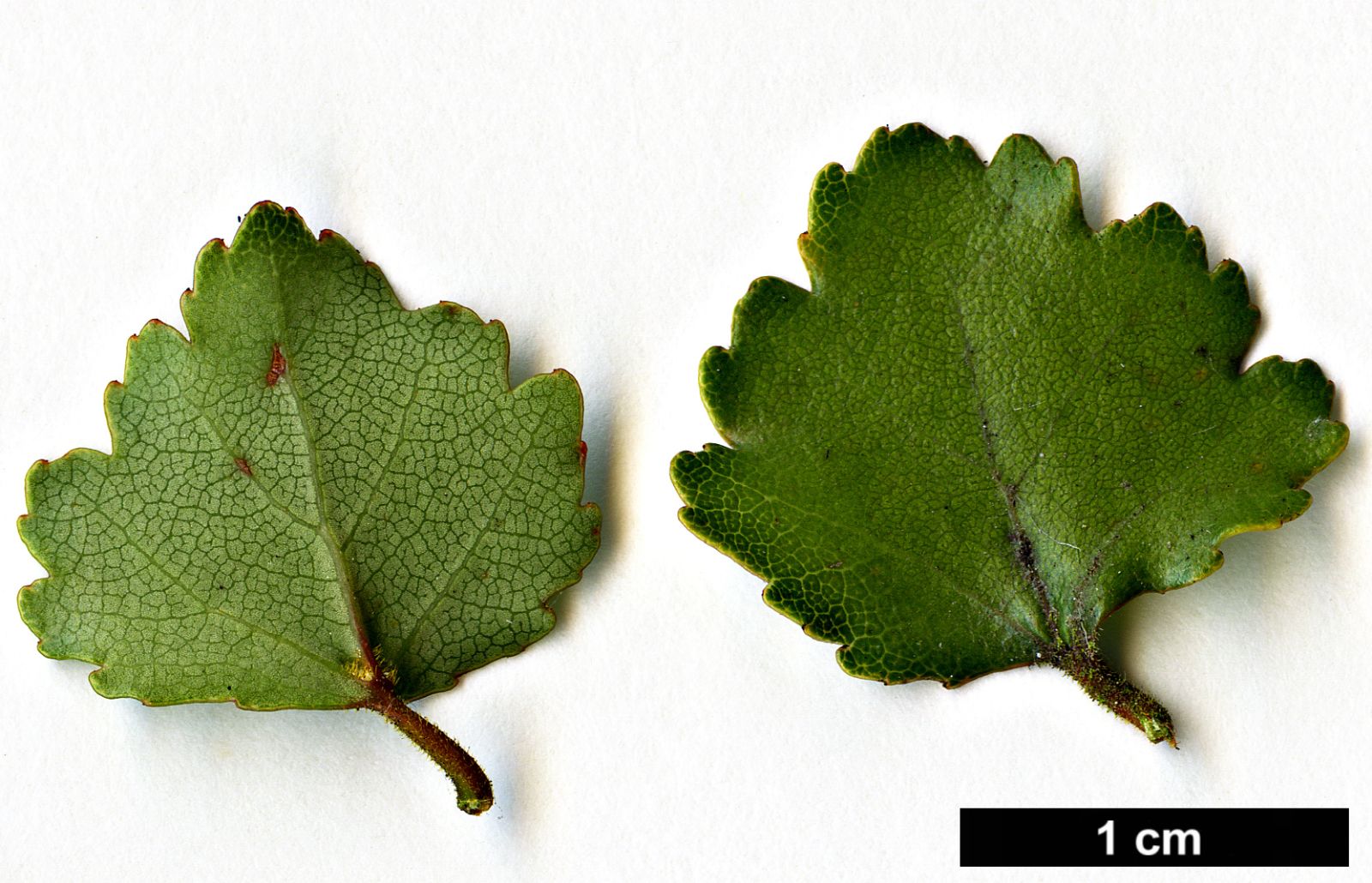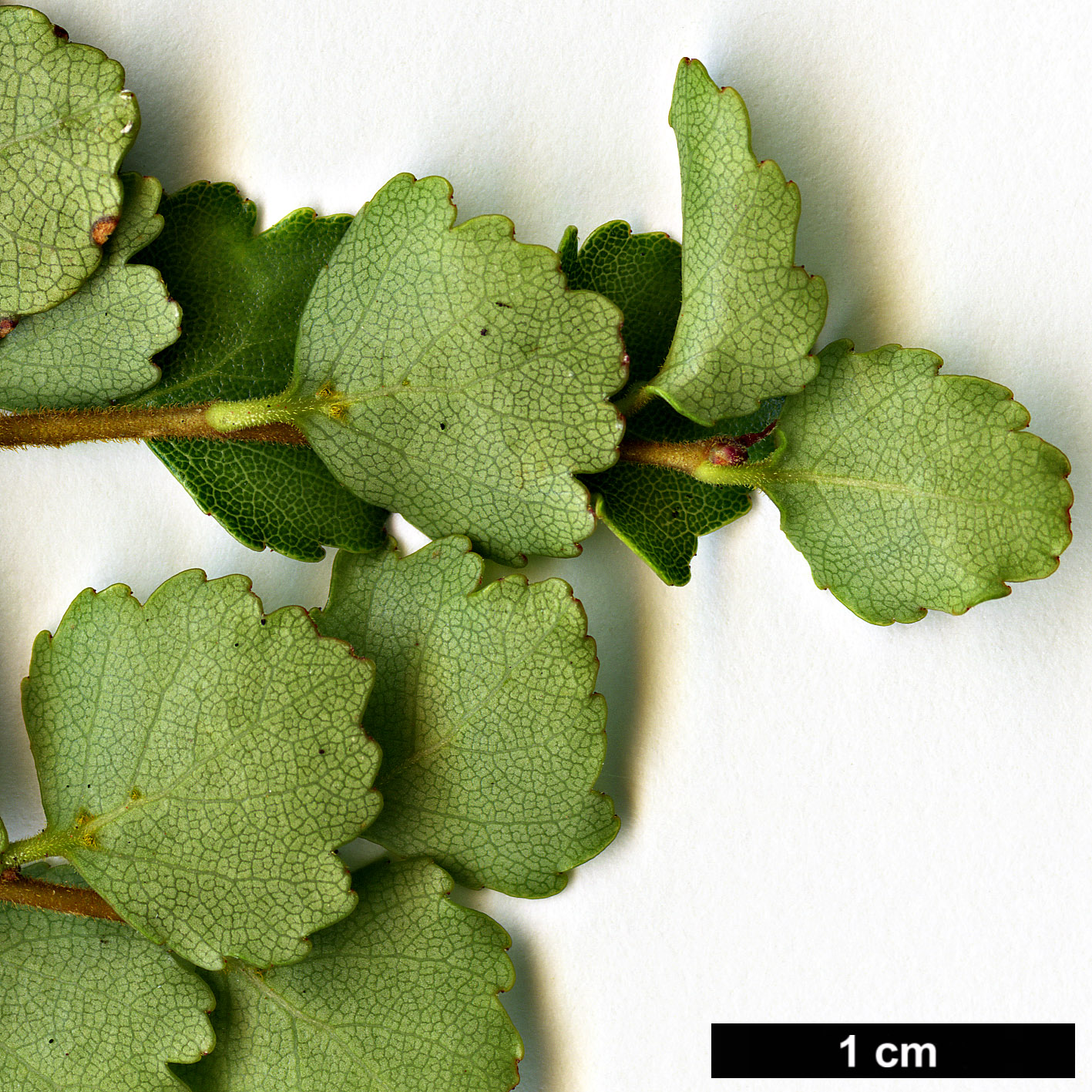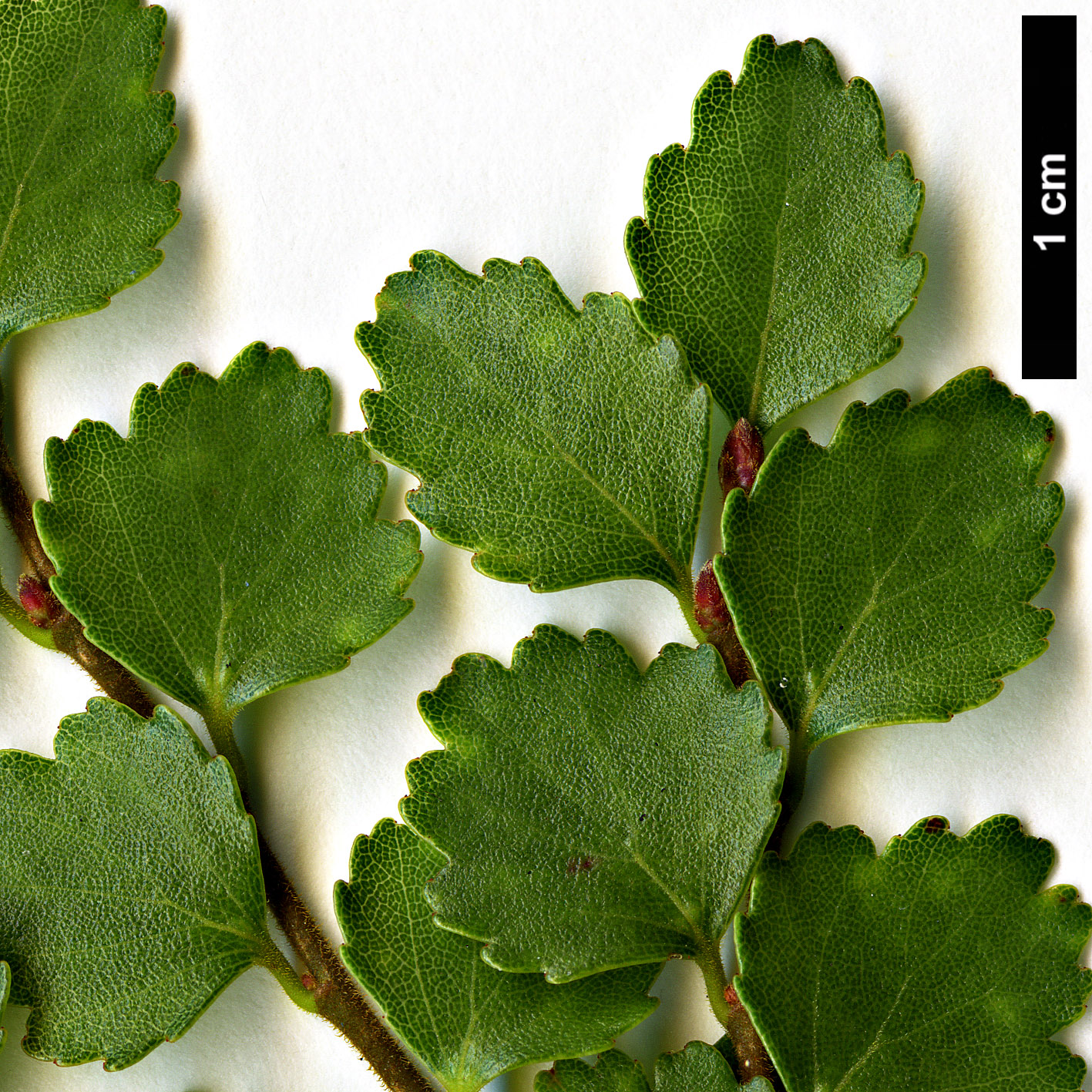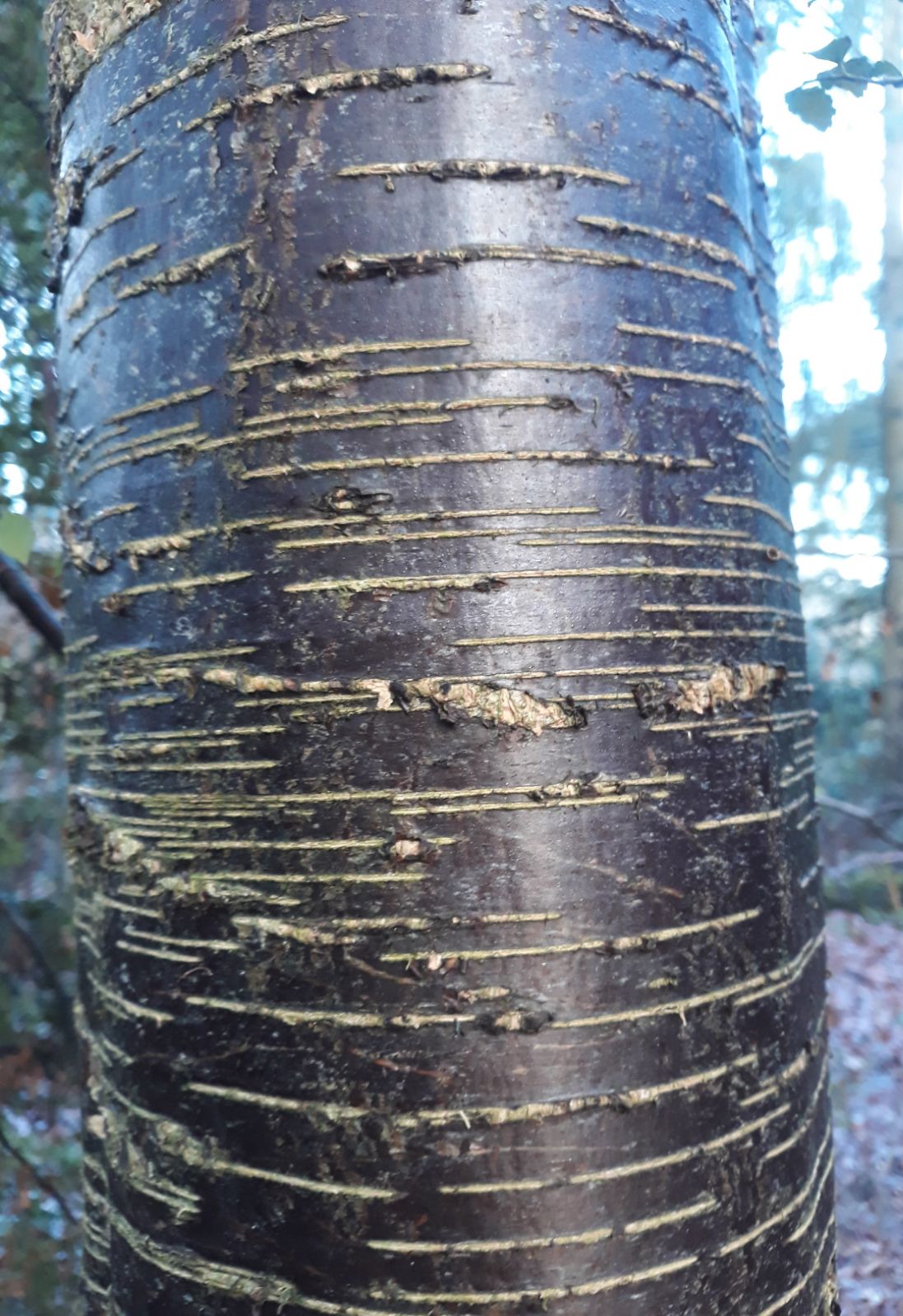Nothofagus menziesii
Sponsor
Kindly sponsored by
Col. Giles Crisp
Credits
Owen Johnson (2020)
Recommended citation
Johnson, O. (2020), 'Nothofagus menziesii' from the website Trees and Shrubs Online (treesandshrubsonline.
Genus
Common Names
- Menzies' Beech
- Silver Beech
- Tawhei
- Tahina
Synonyms
- Fagus menziesii Hook. f.
- Lophozonia menziesii (Hook. f.) Heenan & Smissen
Other taxa in genus
- Nothofagus alessandrii
- Nothofagus alpina
- Nothofagus antarctica
- Nothofagus betuloides
- Nothofagus × blairii
- Nothofagus cliffortioides
- Nothofagus cunninghamii
- Nothofagus × dodecaphleps
- Nothofagus dombeyi
- Nothofagus fusca
- Nothofagus glauca
- Nothofagus gunnii
- Nothofagus × leonii
- Nothofagus macrocarpa
- Nothofagus menziesii × obliqua
- Nothofagus moorei
- Nothofagus nitida
- Nothofagus obliqua
- Nothofagus pumilio
- Nothofagus solandri
- Nothofagus truncata
A tree to 30 m tall, with a trunk to 2.6 m thick. Bark smooth at first, very slightly papery, with horizontal whitish bands of lenticels, the background colour often silvery grey in the wild but usually a dark reddish grey in cultivation; forming orange vertical fissures in maturity and ultimately cracking into harsh, shallow scales. Shoots slender (c. 1 mm thick), with a yellowish-brown down when young. Buds minute, reddish. Leaves evergreen, glossy deep green, 8 – 15 × 6 – 12 mm, but no more than 10 mm long on old wild trees; orbicular to rhomboid, broadly cuneate to truncate; doubly toothed or with about 3 toothed lobules on each side; glabrous on both surfaces except for 1 – 2 domatia set under the blade near its base, which are lined with brown hairs and which are visible on the upper side of the leaf in relief; petiole downy, c. 2 mm long. Unfolding foliage yellowish in the wild, or rich coppery in cultivation. Male flowers solitary. Cupules 6 – 8 mm long, with 4 or 5 rows of gland-tipped lamellae, 3 – 5 mm long, on each valve. Nutlets 3 – 5 mm long, their wings prolonged at the apex and ending in gland-tipped points. (Nothofagus 2007–2008; Bean 1976).
Distribution New Zealand Throughout the South Island and in the North Island as far north as Thames
Habitat Mountain forests to 1000 m, forming the tree-line (along with N. cliffortioides) and often dominant in cold wet parts of the South Island, growing in large pure stands except on poorly-draining soils.
USDA Hardiness Zone 8
RHS Hardiness Rating H4
Conservation status Least concern (LC)
Nothofagus menziesii was introduced to Tresco Abbey on the Isles of Scilly in 1912 (King 1985), though the original tree failed some time after 1984 (Tree Register 2020). In cultivation the species’ overall aspect is remarkably similar to that of the Australian N. cunninghamii: both form the same intricately-branched broad crown, with elegant tiers of tiny, glossy, toothed leaves, and both are equally frequent in UK and Irish gardens. Points of distinction include the attractive, cherry-like bark of younger plants of N. menziesii and that species’ more deeply doubly-toothed or lobulate leaves, which can almost recall a miniature evergreen version of the Midland Hawthorn (Crataegus laevigata). Another interesting and distinctive feature lies in the hairy pits under the bases of the leaves of N. menziesii: these are domatia, inhabited by microbivorous and predaceous mites, and are a feature shared by the rather distantly-related N. fusca (alone in Nothofagus) and also by several other New Zealand endemics which are not at all closely related. In cultivation, N. menziesii is slightly more adaptable than N. cunninghamii, forming good trees in places as cold as the Royal Botanic Garden in Edinburgh and the University of Dundee Botanic Garden, and as far north as Dundonnell House near Ullapool at nearly 58° north (Tree Register 2020). It is also more tolerant of warm, dry summers; the champion, with a trunk exactly 1 m across by 2015, grows in a fairly open situation at Nymans in West Sussex (Tree Register 2020); another of the biggest stands in the Savill Garden in Windsor Great Park, where it doubtless benefits from this garden’s automated watering system. Several big trees at Mount Usher in Co. Wicklow in Ireland show that the species can thrive in slightly alkaline conditions (Tree Register 2020).
Nothofagus menziesii survives as a shrub on the Faeroe Islands, where it suffers frost-damage in most winters (Ødum, Hansen & Rasmussen 1989). A small tree grows at Seny Park in Belgium (Belgische Dendrologie 2020). A mature example was planted in the Washington Park Arboretum, Seattle, in 2012, and along with many young plants now forms half of the New Zealand Forest here (Washington Park Arboretum 2013). The species is sold in Australia (along with N. fusca) by Yamina Rare Plants (Teese 2020).


